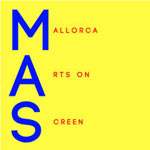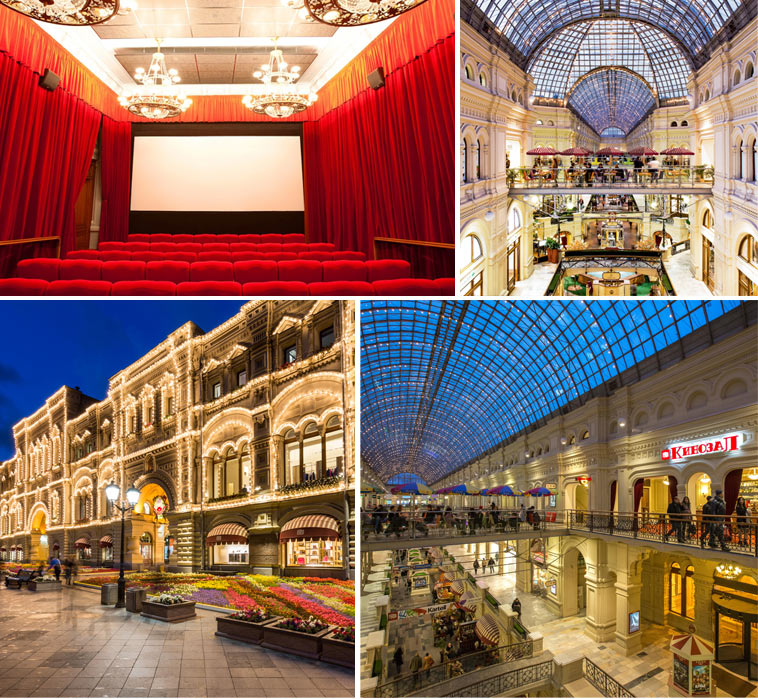
Reg. Trib. Milano n. 418 del 02.07.2007
- Direttore responsabile: Elisabetta Brunella
 |
 |
International Edition No. 141 - year 13 - 2 February 2018

more than 15,000 subscribers |
Berlin, 17 February 2018 Meet the Quality Cinema community at the MEDIA Salles, AG Kino, Cicae reception. |
|
MAS, Mallorca Arts on Screen, makes its début this year. This is the first international festival specifically devoted to added content for the big screen, to take place in Mallorca from 2 to 7 April 2018, accompanied, on 6 and 7 April, by a meeting of professional players in the sector. The competition is organized according to four thematic areas - opera, dance, theatre and museum exhibition - with the addition of a special Award for the European Year of Cultural Heritage, as well as the screening of productions not competing for awards. MAS is promoted by a group of international partners and supported by the main players in the sector. For more information and to register for the event: |
| ALL DIFFERENT ALL DIGITAL | ||||||||||
This column hosts portraits of cinemas in Europe and the rest of the world which are quite different from one another but have in common the fact that they have all adopted digital projection.
GUM Cinema, Moscow The fact that the Russians take great pleasure in the world of entertainment is proven by the myriads of theatres to be found in the big cities. First andforemost, of course, the elegant and majestic Bolshoi in Moscow. But dance and theatre, opera and music have an infinite variety of venues available for their audiences to meet and be entertained in. I have never seen such long queues outside theatres as in Moscow and Saint Petersburg, not even in New York! There is something ancestral in the Russians' devotion to the performing arts, especially in their adoration of dance, which must be linked to their ancient history and has survived over the centuries: I would even risk saying that for Russians the magic of the stage is atavistic, incorporated in their DNA.
|
 |
MEDIA Salles Piazza Luigi di Savoia, 24 - 20124 Milano - Italy Tel.: +39.02.6739781 - Fax: +39.02.6690410 E-mail: infocinema@mediasalles.it |
 |
 MAS - Mallorca Arts on Screen:
MAS - Mallorca Arts on Screen: produce cultural content, those who distribute it and those who present it to the audiences in Europe's cinemas. Exhibitors and programmers will be able to see anticipations of the coming season and improve their ability to move in an innovative market sector with high potential for growth.
produce cultural content, those who distribute it and those who present it to the audiences in Europe's cinemas. Exhibitors and programmers will be able to see anticipations of the coming season and improve their ability to move in an innovative market sector with high potential for growth.